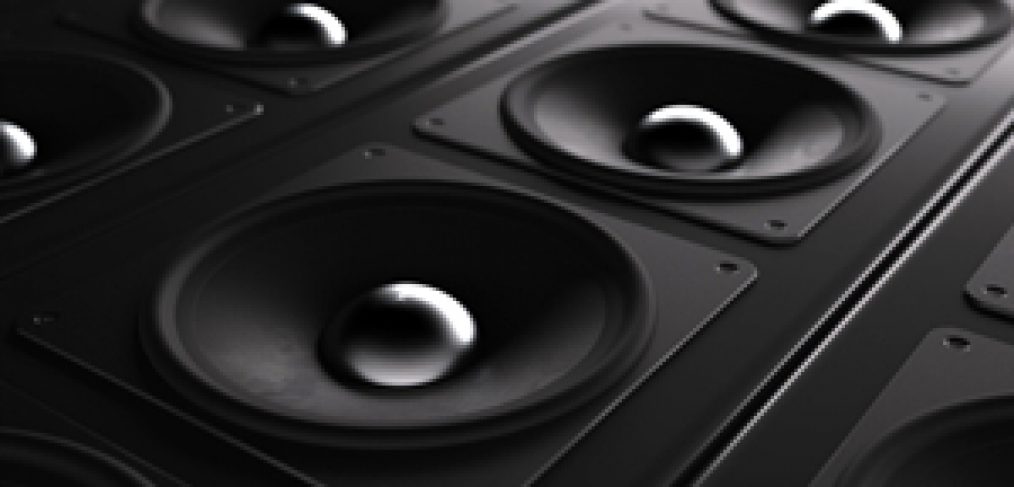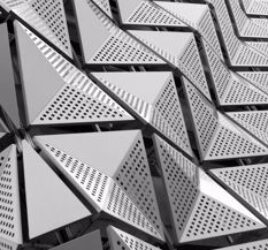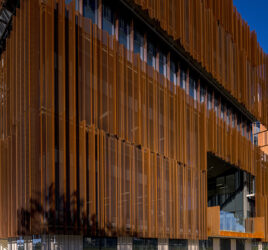
How is perforated metal used in acoustics?
People value peace and quiet. This is why it’s so important to consider acoustics when undertaking an architectural project. Here at Locker Group, we know how diverse perforated metal is, which is why we provide custom shapes and sizes to meet any requirements. Did you know that perforated metal is a key application in acoustics?
There are two main ways perforated metal can be used in acoustics. The first is as a facing for something else, and the second is as a tuned resonant absorber.
 Perforated metal is a great way to shut out unwanted sounds.
Perforated metal is a great way to shut out unwanted sounds.As a facing for acoustical material
Different acoustical materials will be used with the goal of either absorbing, reflecting or scattering sound, depending on what you are using your acoustic application for. This material, frequently foam, normally needs to be encased in something that will protect it. This is where perforated metal comes in. You will need something that will let the sound waves pass through, while still providing enough protection for your acoustic material. Perforated metal, which is strong but has lots of holes in, is perfect for this.
Tuned resonant absorbers
The second way perforated metal is used in acoustics is with a tuned resonant absorber. Often, you will only want to reduce sound that’s at a particular frequency. Tuned resonant absorbers are excellent for absorbing sound at a low frequency (100 Hz or under).
Perforated metal supplies an easy solution for sound absorption and other acoustical issues.
With these, the perforated metal takes an active part in determining which frequencies need cutting out. It is used in conjunction with a trapped layer of air to concentrate the sound absorption of the acoustical material onto whichever frequency range the sound that needs cutting out falls in.
The air particles will begin moving in and out of the perforated metal’s holes violently at whatever frequency the tuned resonant absorber is set at. These air particles are then pumped back and forth with the adjacent acoustical layer. At this point, the acoustic energy will transfer into heat due to the friction created, and so will no longer be heard as sound.
As you can see, perforated metal supplies an easy solution for sound absorption and other acoustical solutions. Our products come in a range of materials, including stainless steel, aluminium, mild steel, corten,titanium, copper, brass, alloys and polypropylene. For more information, please contact us.




